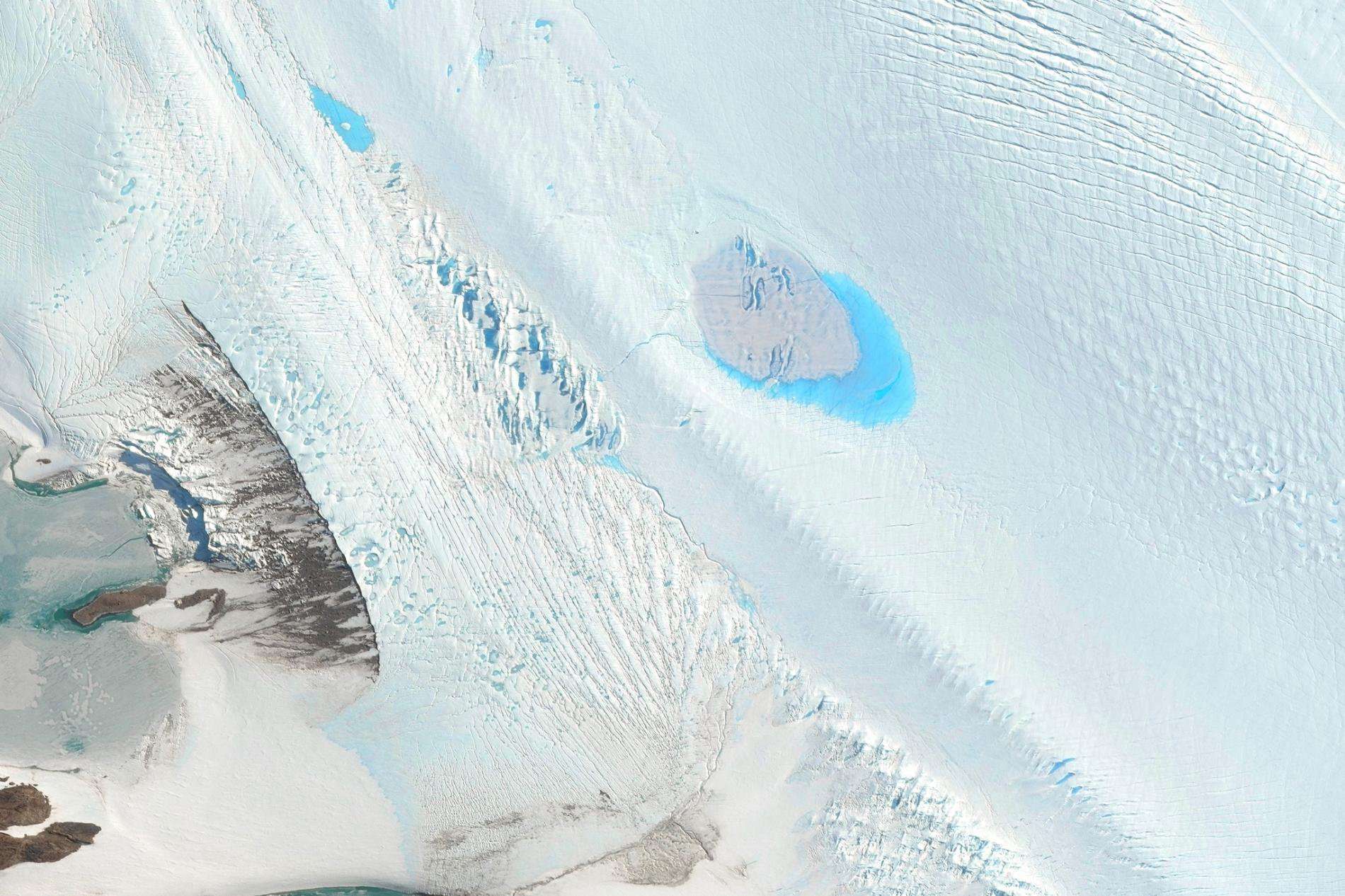Just how cold can it get on Earthâs surface? About minus 144°F, according to recent satellite measurements of the coldest known place on the planet.
Scientists recorded this extreme temperature on the ice sheet deep in the middle of Antarctica during the long, dark polar winter. As they report this week in Geophysical Research Letters, the team thinks this is about as cold as it can possibly get in our corner of the solar system.
âItâs a place where Earth is so close to its limit, itâs almost like another planet,â says study leader Ted Scambos, a researcher at the National Snow and Ice Data Center at the University of Colorado, Boulder.
South Pole Bound Australian explorers Cas and Jonesy battle brutal whiteout storms and aching muscles as they attempt to walk from the coast of Antarctica to the South Pole and back unassisted.
The measurement smashes the previous record for the coldest known air temperature in the natural world: a frigid minus 128.6°F felt in 1983 at the Russian Vostok Station, not far from the South Pole. Humans canât inhale air that cold for more than a few breathsâit would cause our lungs to hemorrhage. Russian scientists ducking out to check on the weather station would wear masks that warmed the air before they breathed it in.
While the East Antarctic ice sheet looks flat at the surface, it actually domes ever so slightly from center to edge like a vast, icy turtle shell. Vostok is perched near the top of the dome, on about 2.2 miles of ice, but itâs not quite at the apex. Scambosâs team suspected that it could get even colder at the very highest parts of the ice sheet.
There arenât any weather stations perched at the peak of the ice sheet, and there isnât anyone there to check on them in the dead of Antarctic winter. But satellites can sense the temperature at the surface of the ice as they pass overhead. So Scambos and his colleagues sifted through several years of satellite data, mapping out when and where temperatures dipped low.
Sure enough, they found about a hundred little pockets of exceptional cold scattered across the highest parts of the ice sheet. The coldest spots were in shallow depressions in the ice, little hollows where the surface isnât perfectly smooth. Thatâs probably because cold air sinks into these depressions like it sinks into a river valley or a canyon, says John Turner, a polar scientist with the British Antarctic Survey who was not involved in the study.
âTheyâre such shallow dips, you probably couldn't even see them with your eyes,â he says.
The air warms up by a few degrees right above the surface, which is where the scientists at Vostok had recorded the previous coldest temperature. By comparing the satellite measurements to data from the nearest weather stations, Scambos and his team figured out that the air temperatures in this region would be a little warmer near human-head height, about minus 137°F. But right at the surface, where your feet would touch the snow, they saw temperatures of minus 144°F.
âBut you hope your feet wouldnât ever touch the snow,â Scambos says. âThat would not be fun at all.â
Only very special conditions lead to such extreme cold. First, it has to be the dead of winter, long after the midnight sun sets for the season. Then, the air needs to be still for a few days, and the sky needs to be perfectly clear, without a wisp of a cloud or a shimmer of diamond dust above the ice sheet.
As cold as it may be, ice radiates a tiny amount of heat. Normally, most of that heat is captured by water vapor in the atmosphere and gets beamed back down to Earthâs surface, trapping warmth in the lower atmosphere.
But during dry spells in Antarctica, when most of the water vapor has been wrung out of the atmosphere, âit starts to open a window that isnât usually open anywhere else on Earth,â Scambos says. Then, faint heat emitted by the ice sheet can escape all the way to space, leaving the ice surface even colder.
The ultra-clear conditions that enable these chilly events are also ideal for looking out into space, which is why scientists placed a telescope just a few miles from the extreme cold spots Scambosâ team pinpointed.
âWater vapor is our nemesis,â says Craig Kulesa, an astronomer from the University of Arizona who runs the High Elevation Antarctic Terahertz Telescope, or, somewhat satirically, HEAT. âWe put our telescope at this superbly dry site, but if we put it 10 miles away, would it be any better?â
It may be a question worth considering as the climate changes around the globe, though thereâs nowhere else on this planet they could go where conditions would be better. Water vapor concentrations in the atmosphere are increasing, which in turn means more of the ice-emitted heat gets trapped near the surfaceâkeeping it warmer. So, the perfectly clear conditions that are ideal for looking into space will become less frequentâand any scientists hoping to break the record for sensing extreme cold on Earth may be running out of time.

themanyfaceasian on December 8th, 2019 at 07:41 UTC »
I remember that scene in Wind River, where the first girl died because the cold air popped her lungs.
blazarquasar on December 8th, 2019 at 07:40 UTC »
Must’ve sucked to be the dude that found that out
ndepaulo on December 8th, 2019 at 06:45 UTC »
That makes Mars sound warm by comparison.